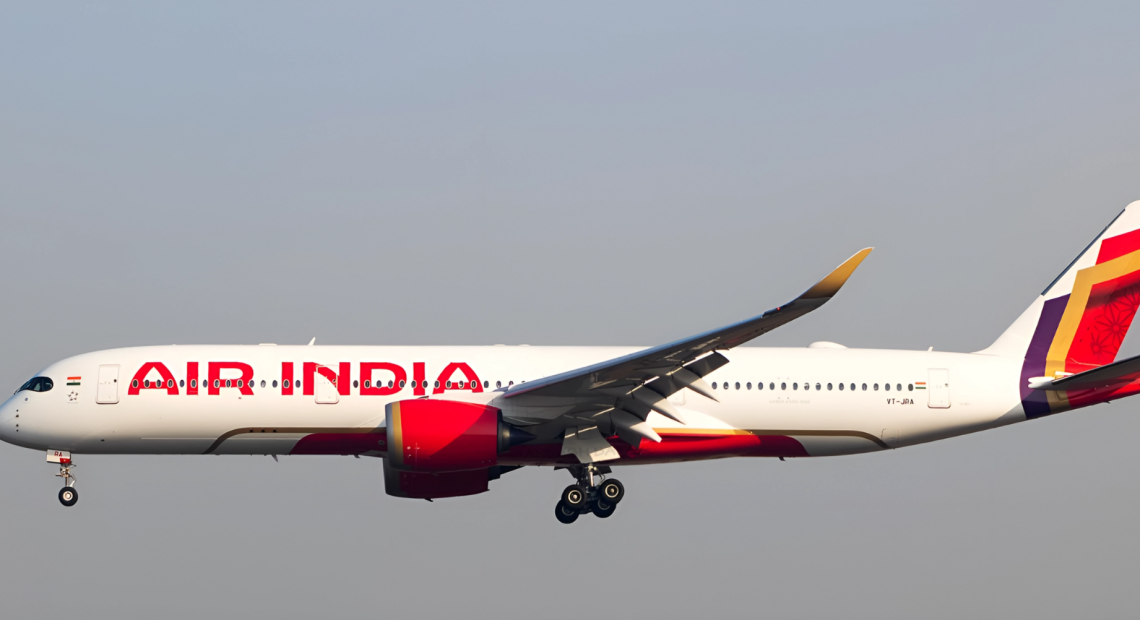
DGCA Flags 51 Safety Lapses at Air India
The Directorate General of Civil Aviation (DGCA) has identified 51 safety-related lapses in Air India’s operations during a recent audit. While the audit was not linked to the recent Ahmedabad crash of Flight AI-171, it has raised new concerns about the airline’s internal systems. Of the 51 lapses, seven have been classified as serious “Level I” violations that must be corrected by July 30, while the rest are to be resolved by August 23.
Training and Rostering Failures Found
The audit found that several Boeing 787 and 777 pilots had not completed mandatory pre-flight training checks. Air India was also found to be using unapproved flight simulators to train crews for Category C airports, which require precision and experience due to challenging terrain or weather. In some cases, flights were operated with fewer cabin crew members than required under aviation norms, highlighting weaknesses in rostering and compliance.
Crew Oversight and Fatigue Management Issues
Other violations included poor emergency equipment inspections, breaches in pilot duty time limits, and lack of designated chief pilots for the A320 and A350 fleets. These gaps, according to regulators, reflect a lack of accountability within Air India’s operations. The DGCA has issued show-cause notices to the airline and expects formal compliance reports soon.
Audit Follows Deadly Crash
Although these violations were not directly linked to the deadly crash in June that claimed over 260 lives, the audit adds to a growing list of safety and operational concerns. Investigations into the crash are still ongoing, but the latest findings further question the strength of Air India’s safety culture.
Broader Implications
The DGCA’s audit puts the spotlight on systemic issues within the national carrier’s operations. Safety lapses in training, crew deployment, and equipment checks point to deeper problems in operational discipline. The aviation regulator has made it clear that strict monitoring will continue until full compliance is achieved.


















